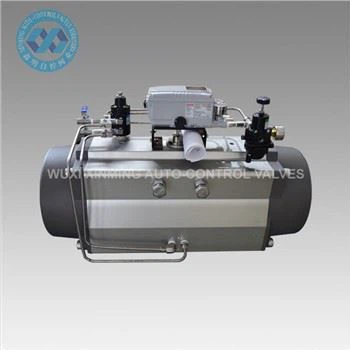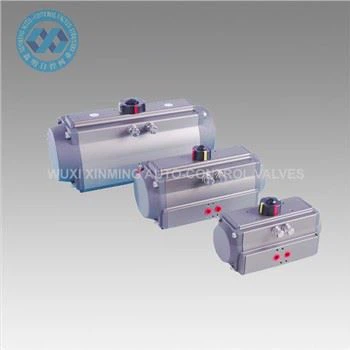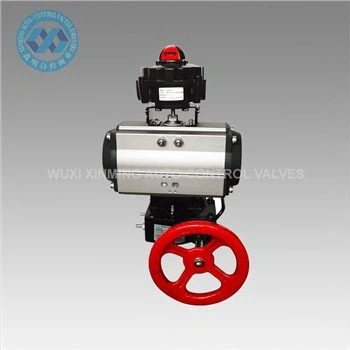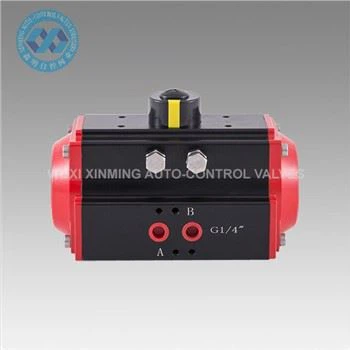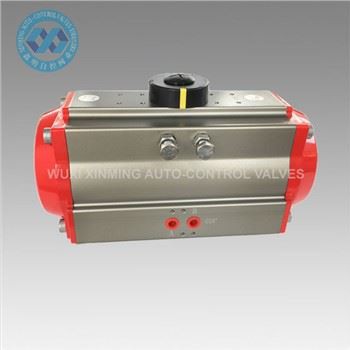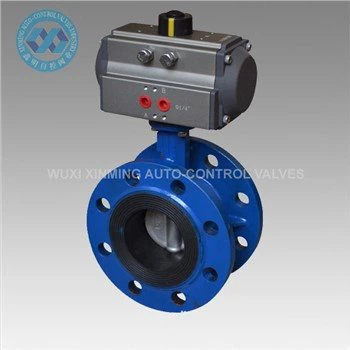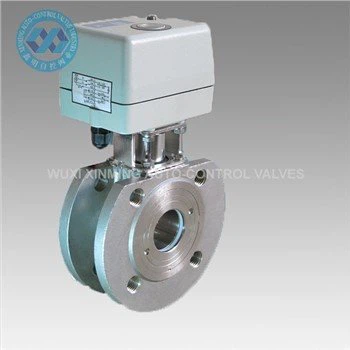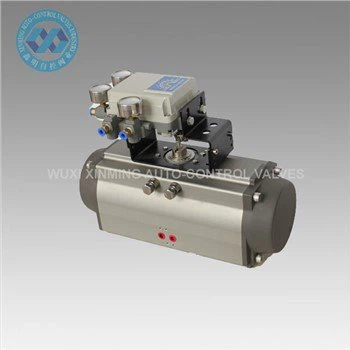Selecting the optimal pneumatic actuator for industrial applications requires a systematic approach to ensure compatibility, efficiency, and longevity. Below is a step-by-step guide to streamline your decision-making process.
1. Assess Application Requirements
Begin by evaluating the specific needs of your system, including:
Operational Environment: Temperature extremes, exposure to corrosive substances, or explosive atmospheres dictate material choices (e.g., stainless steel for harsh conditions).
Force/Torque Requirements: Calculate the force or torque needed to actuate the valve or load. Underestimating this may lead to actuator failure.
Cycle Frequency: High-cycle applications demand actuators with robust seals and low-friction components to minimize wear.
2. Select the Actuator Type
Pneumatic actuators are broadly categorized into two types:
Linear Actuators: Ideal for applications requiring straight-line motion, such as gate valves or material handling systems.
Rotary Actuators: Suited for quarter-turn valves (e.g., ball or butterfly valves) in pipelines or processing units.
Consider rack-and-pinion designs for compact torque output or scotch-yoke mechanisms for heavy-duty industrial valves.
3. Compare Specifications
Pressure Rating: Ensure the actuator’s operating pressure aligns with your compressed air supply. Oversized actuators waste energy, while undersized ones risk underperformance.
Mounting Compatibility: Verify ISO or ANSI flange standards to match valve interfaces and avoid retrofitting costs.
Fail-Safe Features: Opt for spring-return or dual-acting designs based on safety protocols (e.g., automatic shutdown in power loss scenarios).
4. Evaluate Maintenance and Installation
Ease of Disassembly: Modular designs simplify seal replacement and reduce downtime.
Lubrication Needs: Oil-free actuators minimize contamination risks in food, pharmaceutical, or cleanroom environments.
Environmental Certifications: Check for ATEX, ISO, or NACE compliance if operating in regulated industries.
5. Cost vs. Performance Trade-offs
While pneumatic actuators are generally cost-effective and durable, avoid prioritizing initial savings over lifecycle costs. For example:
Electric vs. Pneumatic: Pneumatic systems excel in high-speed, high-force scenarios but lack the precision of electric actuators for slow, controlled movements.
Hybrid Solutions: Combine pneumatic actuation with electric controls for complex automation tasks.
Conclusion
A well-chosen pneumatic actuator enhances system reliability and operational efficiency. By rigorously assessing application demands, comparing technical specifications, and prioritizing maintainability, industrial users can optimize performance while minimizing downtime.
Note: Always consult manufacturer datasheets and conduct field tests to validate compatibility with your specific use case.
If you want to learn more about low-priced products, please visit the following website: www.xm-valveactuator.com


